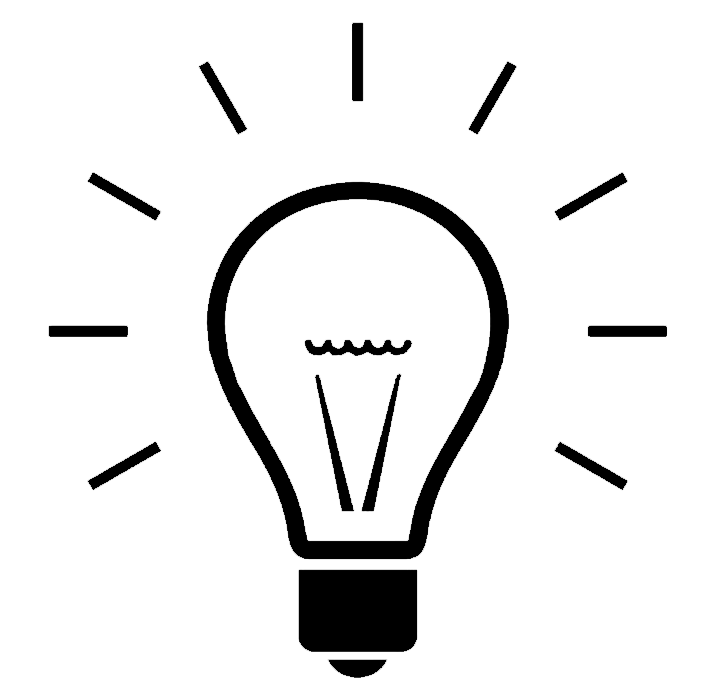
Got Any Ideas?
Last year, the federal government issued more than 50,000 patents, granting inventors the right, for 17 years, to exclude all others from making, using, or selling their inventions within the United States.
But — as many inventors have found out after an average two-year wait and about $1,200 in legal and other fees — patents may be worth no more than the paper they’re printed on. “A lot of people have patents, but most of them are valueless,” says Elkins Park industrial designer Jacob Labe III. “There are thousands of patents sitting down there that have absolutely no value at all, because they don’t give patents based on commercial value — they give them on basic ideas.
If you’re not deterred by the high failure/success ratio, the road to a better mousetrap should begin with your own education. Three introductory Patent Office publications should be helpful: Q & A About Patents (free); General Information Concerning Patents ($2.25); and Patents and Inventions — An Information Aid to Inventors ($1.75). These and other Patent Office publications may be ordered from the Superintendent of Documents, Government Printing Office, Washington, D.C. 20402. You also may obtain them from the Philadelphia Field Office of the U.S. Government Bookstore, 9448 Federal Building, 600 Arch Street, Philadelphia, Pa. 19106.
Should you decide to try to patent your invention, you’ll probably need a registered patent attorney or agent. For starters, consult either the Yellow Pages or the directory of Attorneys and Agents Registered to Practice Before the U.S. Patent Office, available through both sources listed above.
The least expensive — and frequently the best — advice comes from fellow inventors. The closest national organization is the American Society of Inventors: for information, write: ASI, 134 North Narberth Avenue, Narberth, Pa. 19072.
Inventors should carefully investigate any individuals or firms promising to make patent searches, obtain patents, assess marketability, or arrange for the manufacture or sale of their inventions — before paying any advance fees. The firms should be willing to disclose all potential fees, and you should ask them to provide you with the number of past clients and the percentage of those who earned more from their inventions than they paid for services.
“If your invention is really any good, companies that claim they’re going to help you should not demand money up front,” says ASI President John Liu. “They should say, ‘Look, you have a terrific invention. We will market it for you for a royalty — that is, if we succeed, we’ll take x percent.’ “
The Better Business Bureau of Eastern Pennsylvania (1218 Chestnut Street, Philadelphia, Pa. 19107) may be able to provide information on specific invention marketing and promotion firms, and it also distributes a free fact sheet for potential inventors.
Up until 1907, many inventors submitted working models with their patent applications. But the Patent Office got rid of almost all of them — 150,000 or so — in 1926; many of them now are scattered across the nation, and the bulk of the collection has changed hands several times. In 1979, California collector and entrepreneur Cliff Petersen bought for $500,000 the remaining 800 crates of patent models from a New York dealer, and is offering them for sale by mail. If you’d like information about buying your own certifiably genuine patent model, write: Cliff Petersen Collection, 2444 Wilshire Boulevard, Santa Monica, Calif. 90403.
Nowadays. the Patent Office doesn’t require inventors to submit models — with one exception: if you’ve come up with a perpetual-motion device, the folks at the Patent Office will expect you to show them a working model.
Main Story: Build a Better Mousetrap
Additional Sidebar: Not-So Great Moments in the History of Philadelphia Inventions
This article, by Alan Green and Bill Hogan, originally appeared in the March 1982 issue of Philadelphia magazine.
